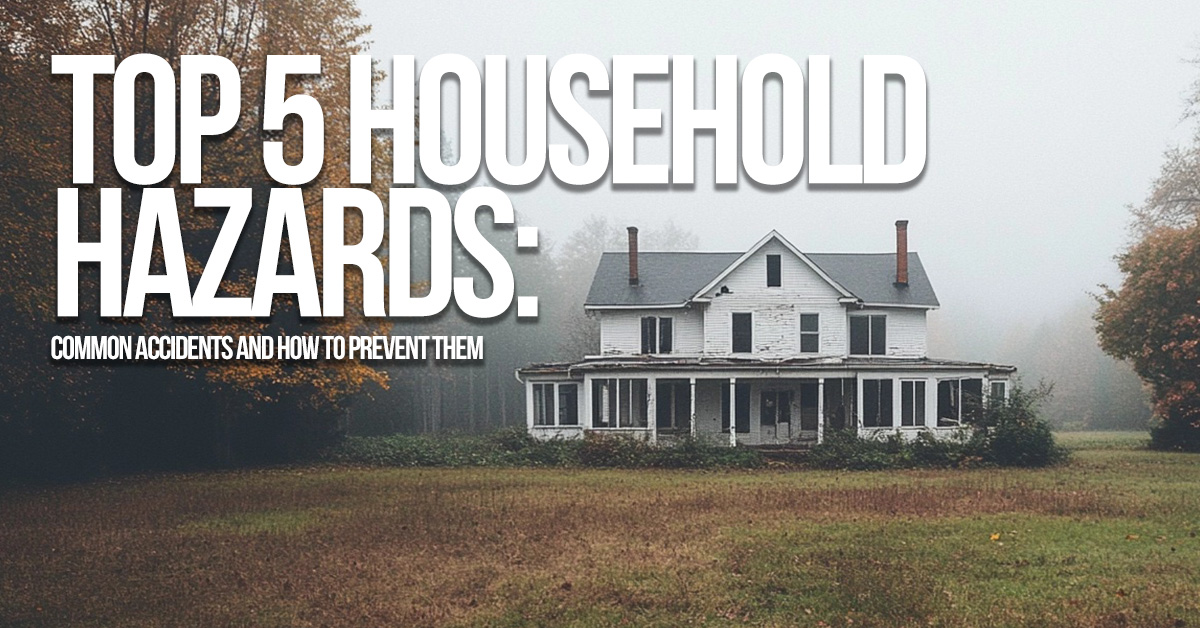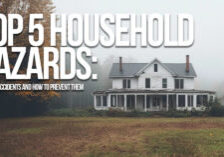Top 5 Household Hazards: Common Accidents and How to Prevent Them

Top 5 Household Hazards: Common Accidents and How to Prevent Them
Our homes are meant to be sanctuaries, places of comfort and relaxation. However, they can also present unexpected hazards. From slips and falls to accidental poisonings, a variety of accidents can occur within the confines of our homes. By understanding the most common risks and taking proactive measures, we can significantly improve our home safety.
- Falls:
Falls are one of the most common types of home accidents, particularly among older adults.
- Risk Factors: Clutter, loose rugs, uneven floors, poor lighting, and slippery surfaces are all significant risk factors for falls.
- Prevention:
- Declutter your home regularly.
- Secure rugs and carpets to prevent slipping.
- Install adequate lighting in all areas of the home.
- Install grab bars in bathrooms and near bathtubs.
- Use non-slip mats in the bathtub and shower.
- Cuts:
Cuts are a common occurrence in the home, often resulting from sharp objects such as knives, glass, and tools.
- Prevention:
- Use caution when handling sharp objects.
- Keep sharp objects out of reach of children.
- Use a cutting board when preparing food.
- Properly dispose of broken glass.
- Keep first aid supplies readily available.
- Burns:
Burns can range from minor to severe and can be caused by a variety of sources, including hot liquids, fire, and even the sun.
- Prevention:
- Use caution when cooking, especially when handling hot liquids and grease.
- Keep children away from hot stoves and ovens.
- Install and maintain smoke detectors.
- Use sunscreen when spending time outdoors.
- Never leave candles unattended.
- Poisoning:
Accidental poisoning is a significant concern, especially for young children.
- Prevention:
- Store all medications and cleaning products out of reach of children.
- Use child-resistant caps on all medications and household chemicals.
- Never mix cleaning products.
- Be mindful of food safety and avoid consuming expired or spoiled food.
- Drowning:
Drowning is a leading cause of unintentional injury and death, particularly among young children.
- Prevention:
- Never leave young children unattended near water, including bathtubs, pools, and bodies of water.
- Install appropriate safety barriers around pools.
- Enroll children in swimming lessons.
- Learn basic lifesaving skills, such as CPR.
Creating a Safe Home Environment:
While it’s impossible to completely eliminate all risks, taking proactive steps to identify and address potential hazards can significantly improve home safety. Regular home safety inspections, proper maintenance, and a focus on prevention can help create a safer and more secure environment for everyone in your household.
Disclaimer: This article provides general information and should not be considered medical or legal advice.








